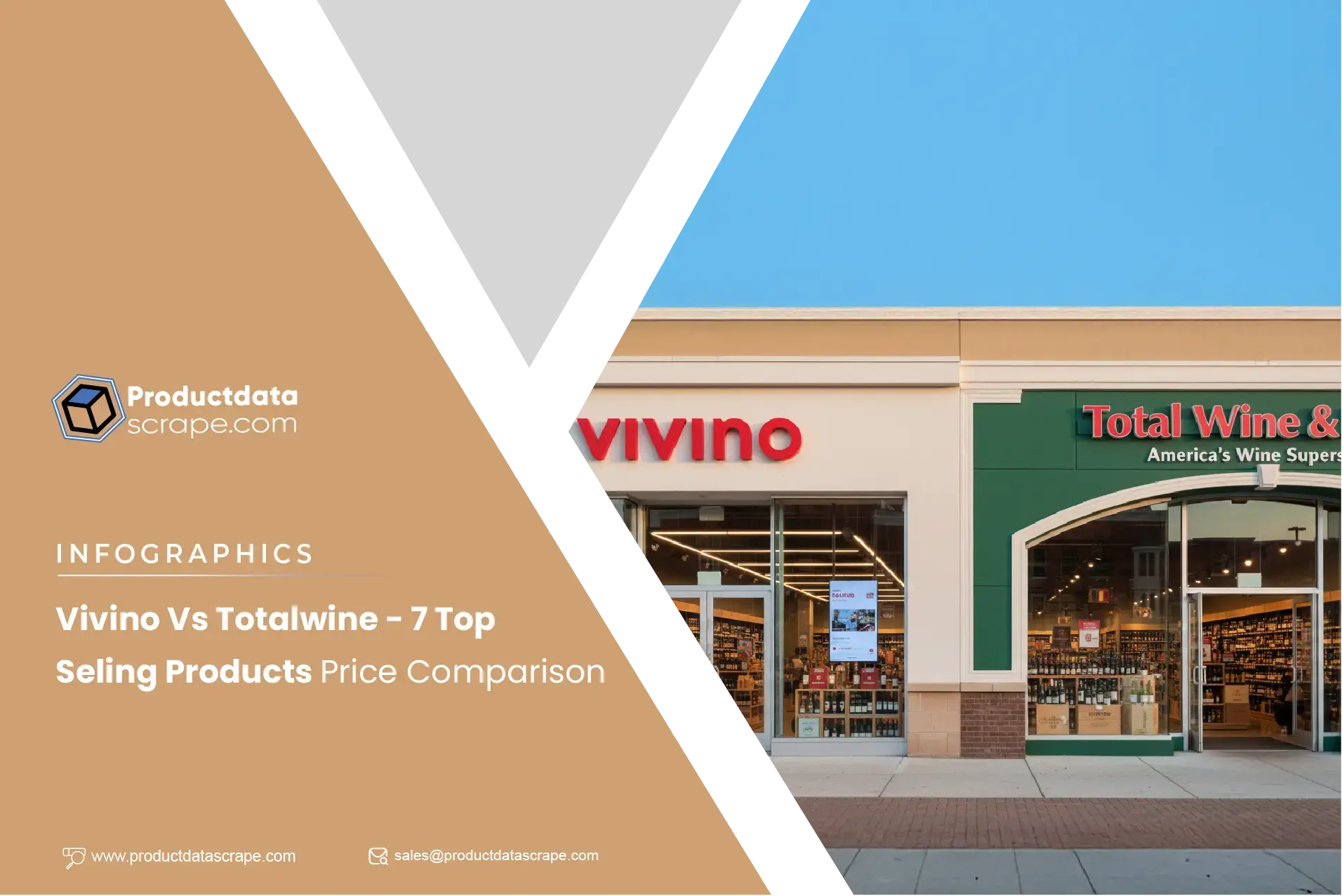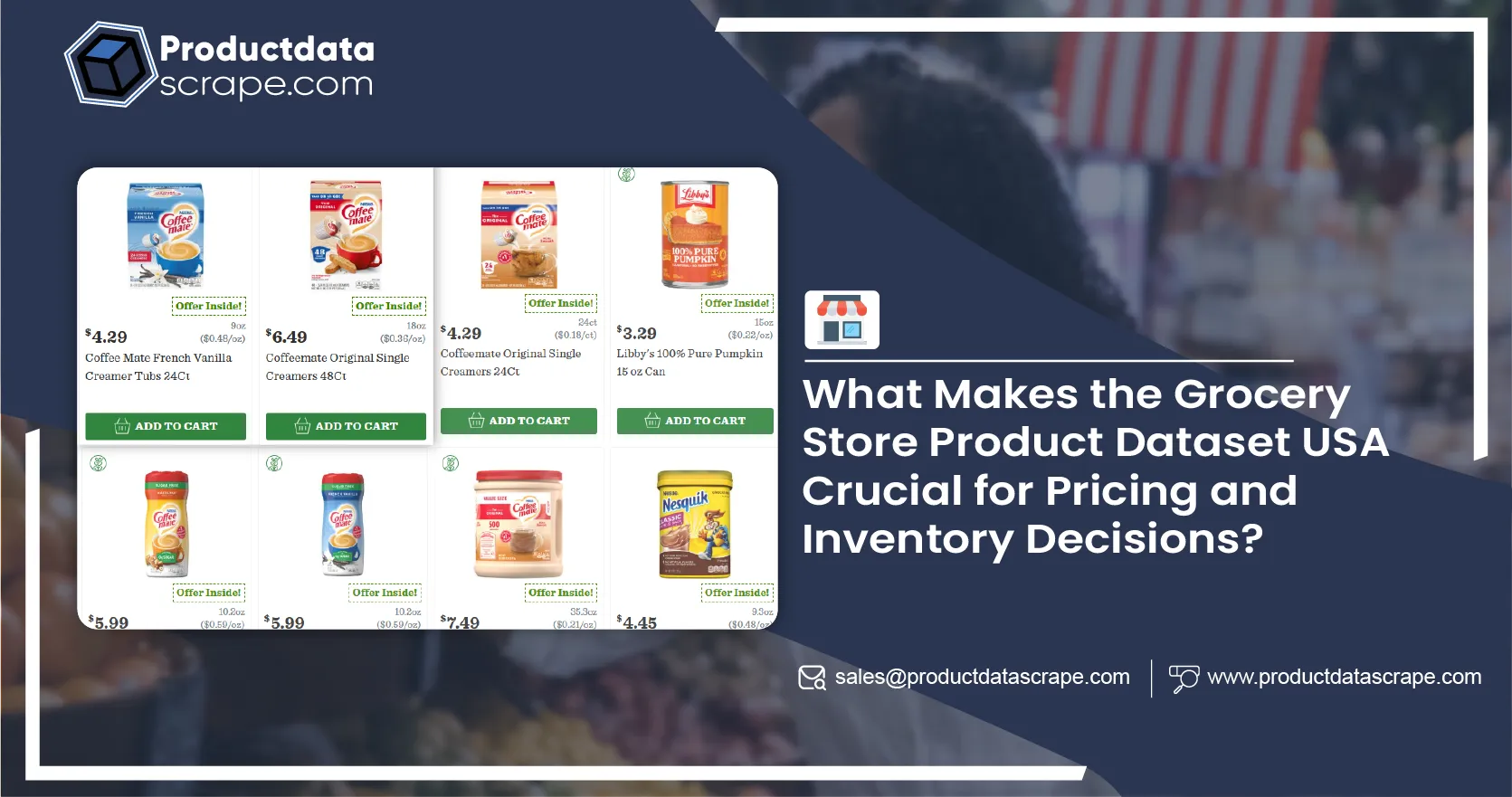
Introduction
In today's data-driven world, every industry relies heavily on information to make informed decisions, and grocery retail is no different. The United States grocery market is vast and constantly changing, with various products, brands, and evolving consumer preferences. To stay ahead in this competitive landscape, businesses, analysts, and developers actively scrape grocery store product data USA to gain valuable insights. Accessing a comprehensive grocery store product dataset USA from leading chains like Publix, Harris Teeter, Lowes Foods, Kroger, and Safeway enables stakeholders to analyze product assortments, pricing trends, promotions, and availability. This rich data source helps companies optimize their strategies, tailor marketing efforts, and better understand customer behavior. Additionally, the ability to extract grocery prices and locations from US stores supports more accurate market analysis and decision-making, ultimately enhancing operational efficiency and improving customer satisfaction across the grocery retail sector.
Why Grocery Store Product Data Matters?
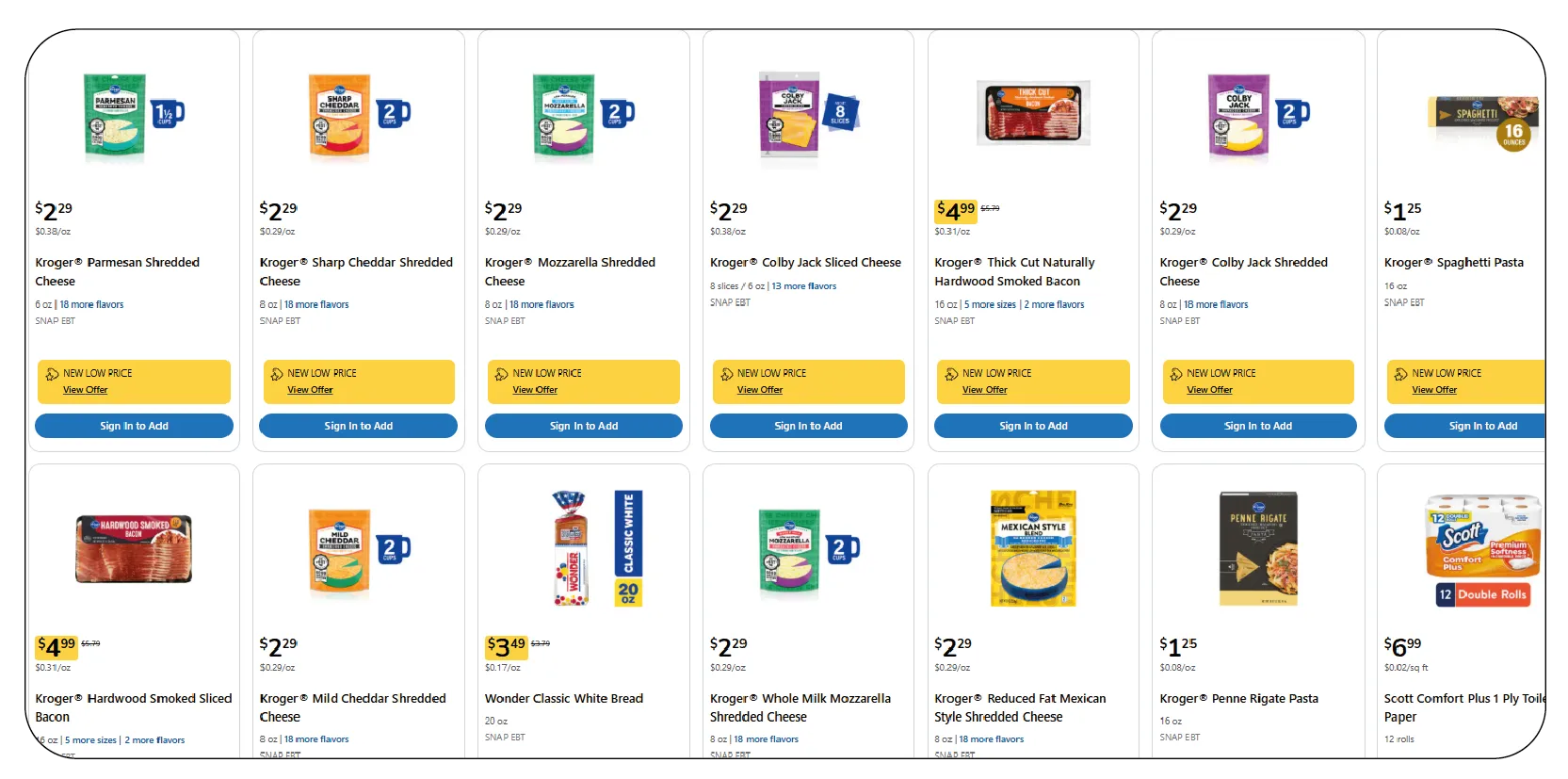
With the rise of e-commerce and online grocery delivery platforms, product data from grocery stores has become even more crucial. Businesses increasingly rely on tools that scrape grocery product data from USA supermarkets to stay competitive. Consumers now compare prices, check product availability, and browse promotions online before shopping in-store or placing digital orders. Utilizing a reliable USA grocery product web scraping API ensures this data is accurate and up-to-date. As a result, having accurate, real-time data from leading grocery chains is essential for retailers, suppliers, price comparison tools, and data-driven startups aiming to capture market share and increase operational efficiency. These stakeholders benefit greatly when they can efficiently extract grocery & gourmet food data to make informed decisions and enhance the overall customer experience.
Exploring the Leading Players in the U.S. Grocery Landscape
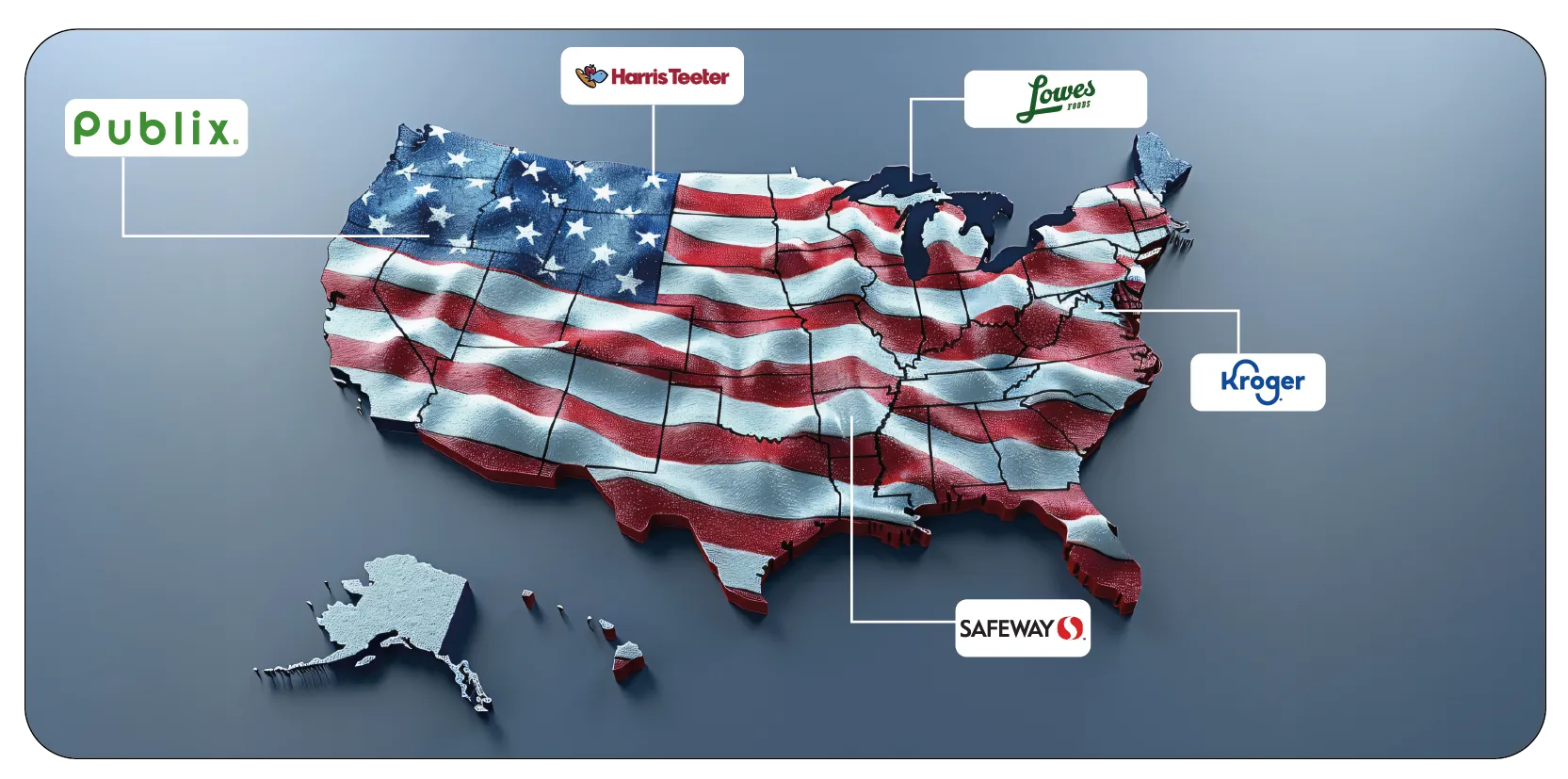
Publix: The Southeastern Powerhouse
Publix is one of the largest and most beloved grocery chains in the southeastern United States, with a reputation for high-quality products and exceptional customer service. Founded in 1930, Publix operates hundreds of stores across Florida, Georgia, Alabama, Tennessee, South Carolina, and North Carolina. The chain is known for its extensive selection of fresh produce, bakery items, deli products, and a strong private label brand offering. Leveraging Publix grocery data scraping provides valuable insights into regional preferences, seasonal trends, and pricing strategies specific to the southeastern market. The Publix brand portfolio features local and national brands, with particular attention to organic and specialty products that cater to health-conscious consumers. Tracking these products' availability, promotions, and pricing patterns helps manufacturers and retailers adapt to shifting consumer demand in this region.
Harris Teeter: A Neighborhood Grocery Favorite
Harris Teeter, part of the Kroger family since 2014, is a prominent grocery chain in the mid-Atlantic and southeastern U.S. Known for a customer-centric approach, Harris Teeter focuses on fresh foods, quality service, and a curated product selection. With stores in North Carolina, South Carolina, Virginia, Maryland, Delaware, and Georgia, Harris Teeter caters to suburban and urban shoppers alike. The ability to extract Harristeeter.com product data sheds light on how grocery offerings are tailored to affluent and health-conscious demographics. The chain emphasizes organic produce, ready-to-eat meals, and specialty diet items such as gluten-free and vegan products. Understanding Harris Teeter stores' assortment and pricing dynamics helps brands develop targeted marketing campaigns and supply chain plans aligned with these customer segments.
Lowes Foods: A Regional Gem with Local Flavor
Though smaller in scale than some national players, Lowe's Foods commands a loyal customer base in the Carolinas. Founded in 1954, this regional grocery chain emphasizes local sourcing, freshness, and community engagement. Lowes Foods offers various products ranging from farm-fresh produce to craft beer and artisanal goods. Scrape Lowes Foods grocery data to offer a window into regional consumer preferences and local product trends that larger chains might overlook. It reveals how local suppliers and private label brands perform in a market that values community and sustainability. This data is invaluable for manufacturers and distributors aiming to penetrate or expand these markets by aligning product offerings with regional tastes and values.
Kroger: The Grocery Giant
Kroger is the largest supermarket chain in the United States regarding revenue and store count, operating thousands of stores under multiple banners, including Kroger itself, Ralphs, Fred Meyer, and more. With a nationwide footprint, Kroger's product data reflects diverse consumer preferences and a vast assortment spanning fresh foods, pantry staples, household essentials, and organic selections. The breadth of Kroger grocery data scraping provides unmatched insight into nationwide grocery trends, pricing strategies, and promotional effectiveness. It also highlights the performance of Kroger's private label brands, which compete vigorously with national brands across product categories. Companies leveraging Kroger's product data can identify growth opportunities, regional variations, and shifts in consumer behavior at scale.
Safeway: A Legacy Brand with Nationwide Reach
Safeway, now part of Albertsons Companies, operates hundreds of stores across the western and midwestern United States. Safeway has a long history and maintains a strong presence in urban and suburban markets, offering a comprehensive product range focusing on fresh foods, bakery items, and convenient meal solutions. Extract Safeway supermarket data to gain significant market insights in California, Colorado, and the Pacific Northwest regions. It also explains how Safeway integrates private label products with national brands and how seasonal promotions influence customer buying patterns. For suppliers and retailers, Safeway's product data is crucial for fine-tuning product distribution and marketing strategies in highly competitive markets.
Key Data Points Extracted from Grocery Store Product Data
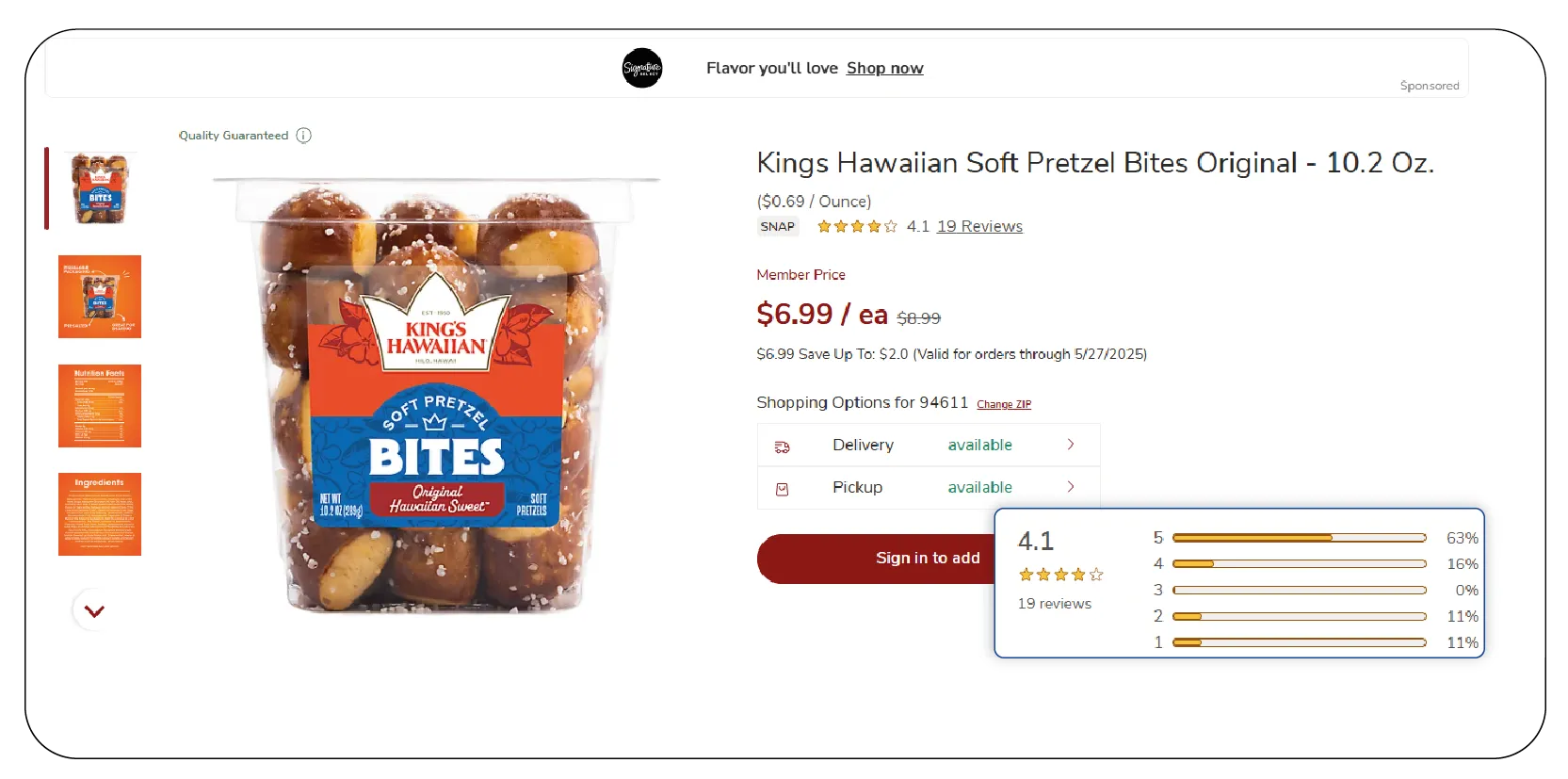
Web Scraping Grocery Data from these chains offers an extensive variety of valuable data points, including:
- Product Identifiers: UPCs, SKUs, and product titles that help uniquely identify each item.
- Pricing Information: Regular prices, sales, discounts, and price per unit metrics.
- Product Descriptions: Detailed descriptions including ingredients, nutritional info, and packaging details.
- Category and Department: Classify products by type, such as dairy, bakery, frozen foods, beverages, and household supplies.
- Availability and Stock Levels: Real-time data on whether a product is in, low, or out of stock.
- Promotions and Deals: Information on discounts, bundle offers, and loyalty program specials.
- Brand and Manufacturer Details: Data on private labels vs. national brands, which supports competitive analysis.
- Customer Ratings and Reviews: Some stores display customer feedback and ratings, offering qualitative insights.
- New Product Launches and Seasonal Items: Identification of newly introduced products and seasonal inventory changes.
Each data point provides different layers of intelligence that grocery retailers, consumer packaged goods (CPG) companies, market researchers, and technology providers can leverage to make smarter decisions.
Unlock the power of precise data—contact us today for your customized grocery store scraping solution!
Contact Us Today!
Use Cases and Applications of Grocery Store Product Data
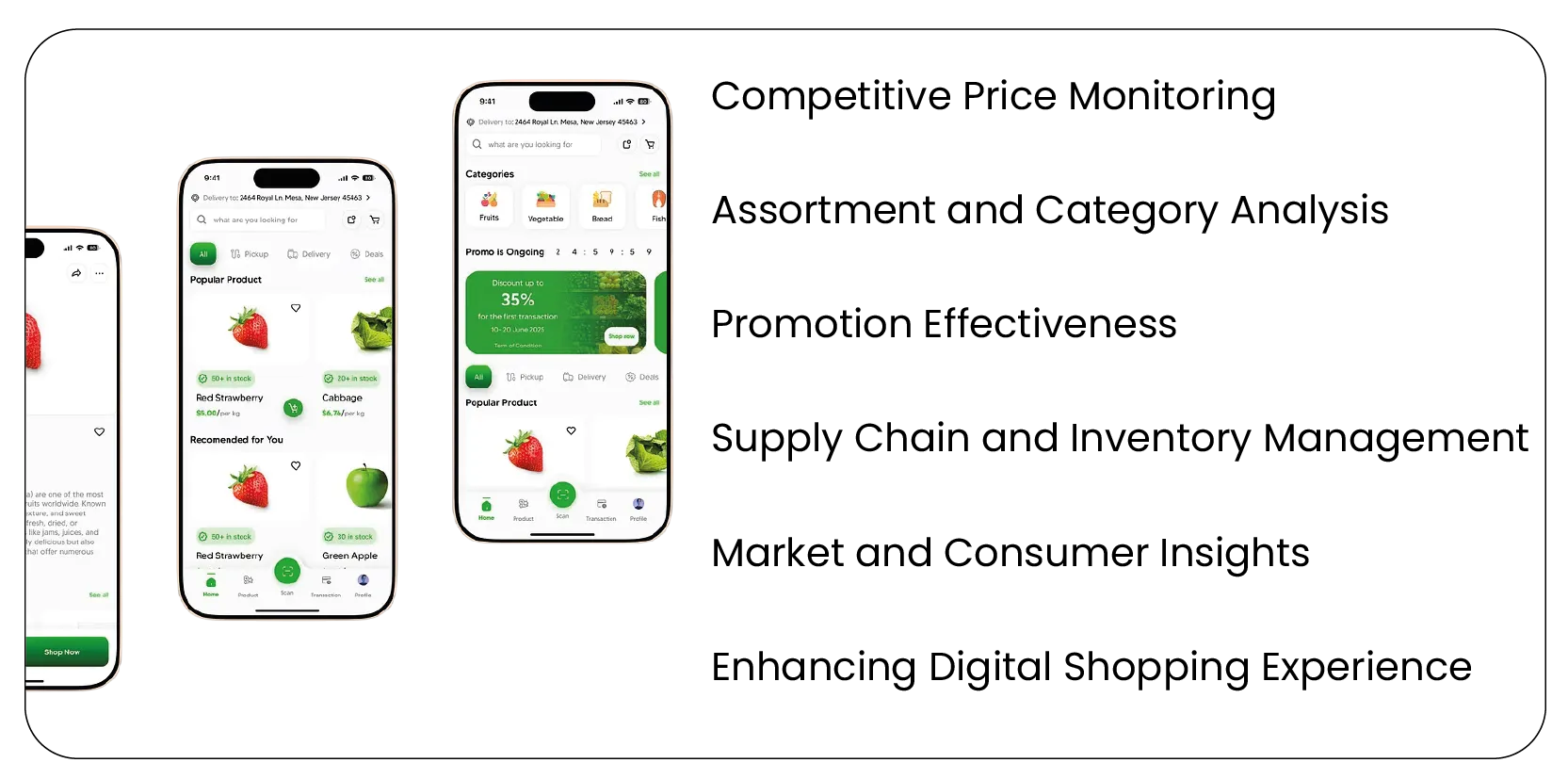
Grocery store product data offers valuable insights that drive various business applications across the retail industry. From pricing optimization and inventory management to targeted marketing and consumer behavior analysis, this data empowers retailers, manufacturers, and startups to make smarter decisions. Exploring the diverse use cases highlights how leveraging grocery product data can enhance competitiveness, improve customer experiences, and boost overall operational efficiency.
- Competitive Price Monitoring: By continuously tracking prices from major grocery retailers, businesses can benchmark their product pricing against competitors, identify trends, and react swiftly to changes. For example, a national food brand might monitor how its product is priced at Kroger versus Safeway and adjust pricing or promotional tactics to maintain market share. This insight is made possible through advanced web scraping grocery & gourmet food data , enabling dynamic pricing strategies and competitive analysis.
- Assortment and Category Analysis: Understanding the product assortment at stores like Publix or Harris Teeter helps retailers optimize shelf space and product mix to meet local preferences. Brands can identify gaps where their products may be underrepresented or discover opportunities to introduce new product lines tailored to regional tastes. Reliable grocery & supermarket data scraping services allow for detailed mapping of product categories and consumer demands, enhancing assortment planning.
- Promotion Effectiveness: By analyzing promotional data, retailers and brands can evaluate which deals and discounts drive sales and customer engagement. Knowing how Lowes Foods runs its promotions during holidays or how Kroger's weekly specials perform enables better marketing strategy planning. This is achievable through comprehensive grocery data scraping services that collect and analyze promotional campaigns in real time.
- Supply Chain and Inventory Management: Access to real-time availability data helps retailers forecast demand and manage inventory more efficiently. Suppliers can use this data to ensure timely restocking and reduce out-of-stock situations, improving customer satisfaction. A robust grocery store dataset supports these operations by providing up-to-date information on stock levels and product movement.
- Market and Consumer Insights: Aggregated product data combined with sales and customer review information provides deeper insights into consumer preferences and emerging trends. For example, tracking the rise of organic products or plant-based alternatives across Safeway and Harris Teeter can guide product development and marketing strategies.
- Enhancing Digital Shopping Experience: Online grocery platforms and apps use this product data to update catalogs, enable accurate search and filtering, and personalize recommendations. Real-time data ensures customers see the most relevant products, prices, and availability, enhancing their shopping experience and driving sales growth.
How Product Data Scrape Can Help You?
1. Tailored Data Extraction: We design scraping workflows specifically aligned with your business goals, targeting only the data fields and formats that matter most to you—pricing, product details, reviews, or inventory levels.
2. Flexible Integration Options: Our solutions can seamlessly integrate with your existing systems and databases via APIs, CSV exports, or direct data feeds, ensuring smooth incorporation into your workflows without disruption.
3. Scalable and Adaptable Services: We build scalable scraping architectures that can handle varying data volumes—from a handful of products to millions—while adapting quickly to website changes or new data sources as your needs evolve.
4. Industry-Specific Customization: Understanding that different sectors require unique data insights, we customize scraping logic for specific industries such as grocery, retail, e-commerce, or market research, ensuring relevance and precision.
5.Ongoing Support and Maintenance: Our team continuously monitors and updates your scraping solution, proactively handling website structure changes, data accuracy issues, and performance optimization to consistently deliver reliable, up-to-date data.
Conclusion
In today's dynamic grocery retail environment, data is more than just a byproduct of commerce—it is a strategic asset. Scraping product data from key U.S. grocery chains like Publix, Harris Teeter, Lowes Foods, Kroger, and Safeway unlocks actionable insights that fuel better decision-making across the value chain.
From competitive pricing and assortment planning to promotion optimization and consumer trend analysis, the wealth of information embedded in grocery product data empowers businesses to be more responsive, customer-centric, and innovative. As the grocery sector continues to evolve with omnichannel retailing and personalized shopping experiences, having access to accurate, comprehensive product data is indispensable.
Harnessing this data effectively enhances operational efficiency and deepens understanding of consumer needs and market opportunities. Whether you're a retailer looking to sharpen your competitive edge, a brand aiming to grow market share, or a tech innovator developing grocery-focused solutions, leveraging grocery store product data from these leading U.S. chains will be a cornerstone of success.
At Product Data Scrape, we strongly emphasize ethical practices across all our services,
including Competitor Price Monitoring and Mobile App Data Scraping. Our commitment to
transparency and integrity is at the heart of everything we do. With a global presence and a
focus on personalized solutions, we aim to exceed client expectations and drive success in data
analytics. Our dedication to ethical principles ensures that our operations are both responsible
and effective.






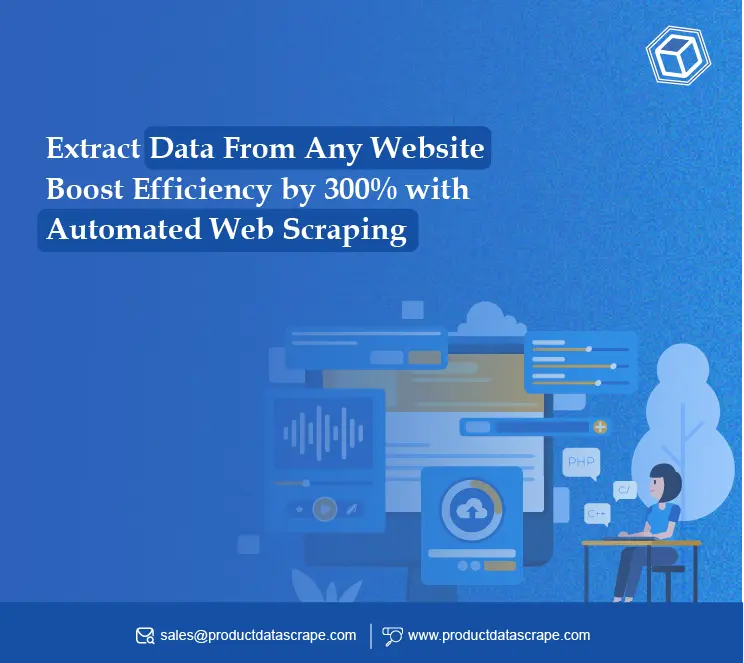



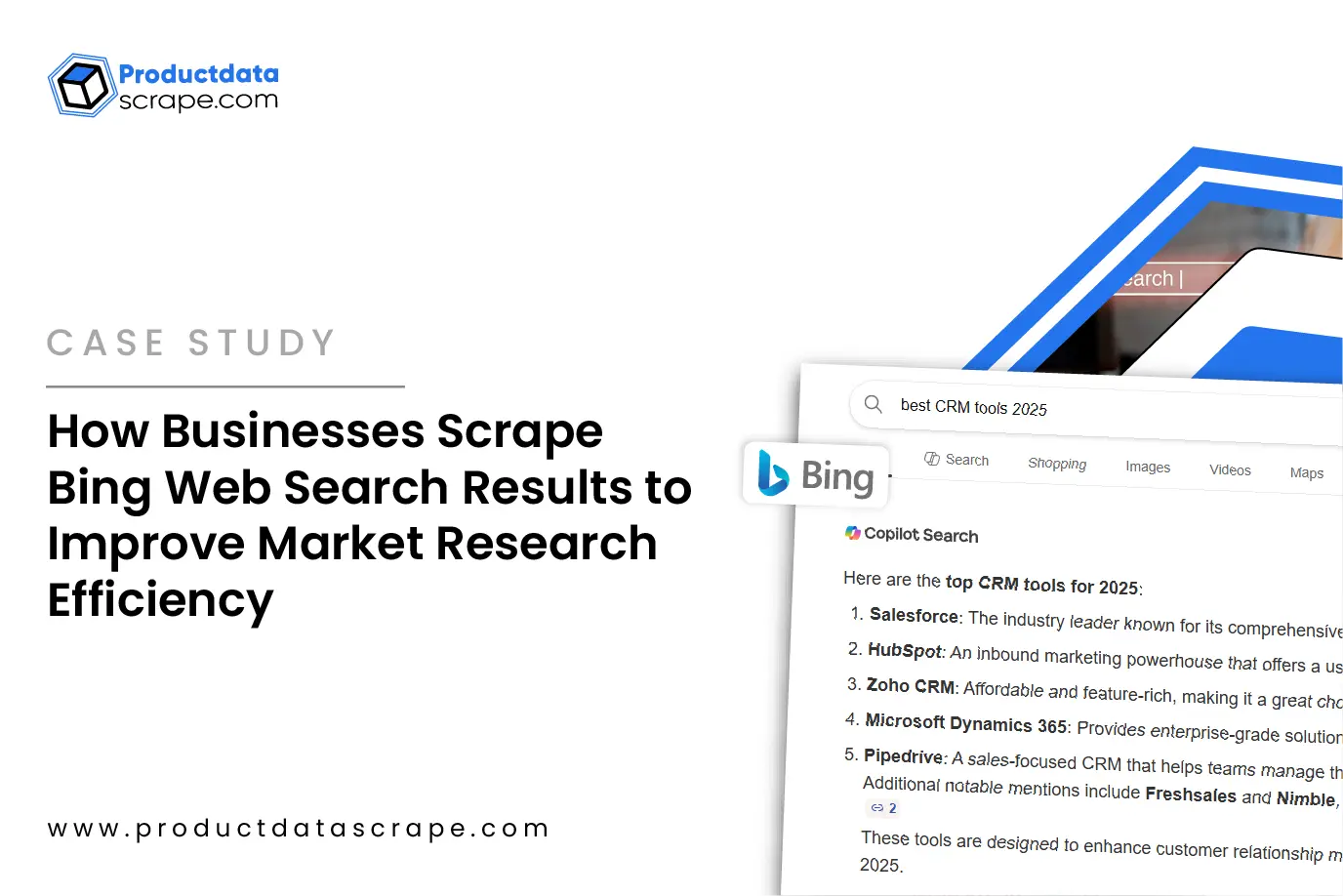










.webp)
-01.webp)
.webp)
